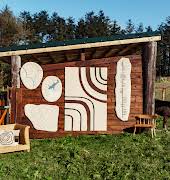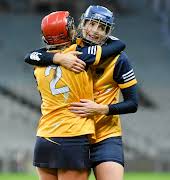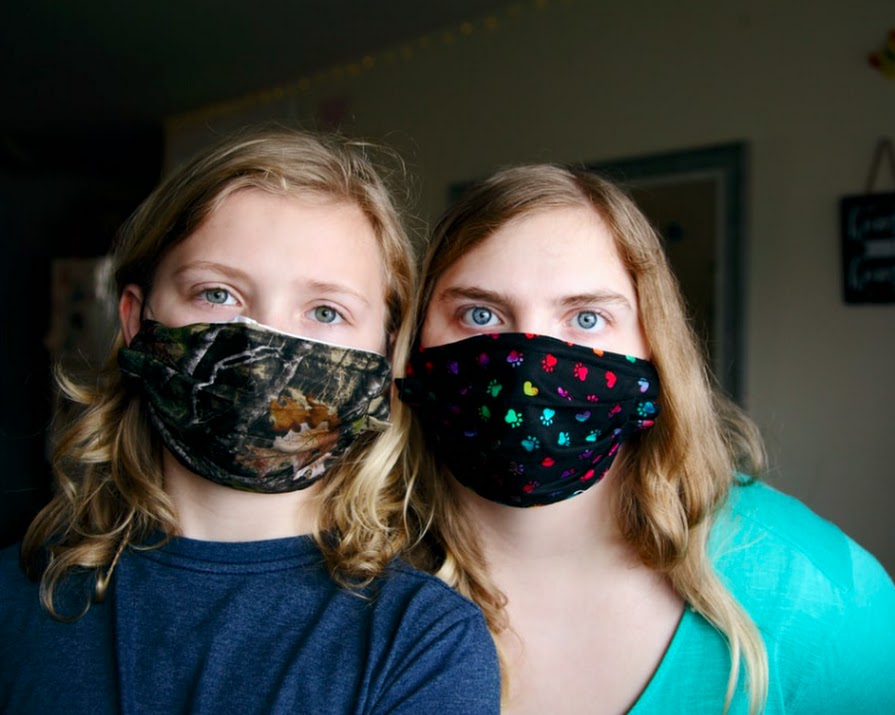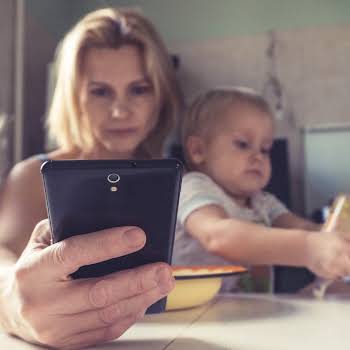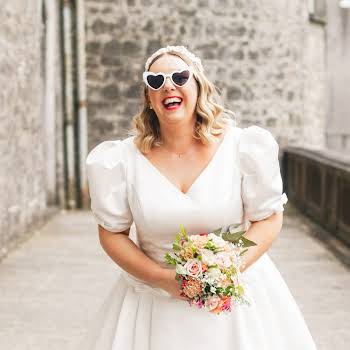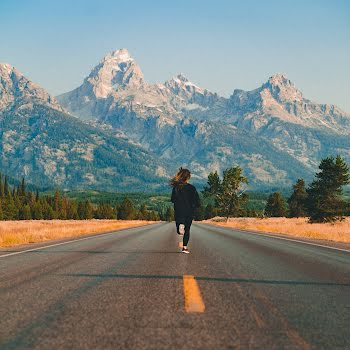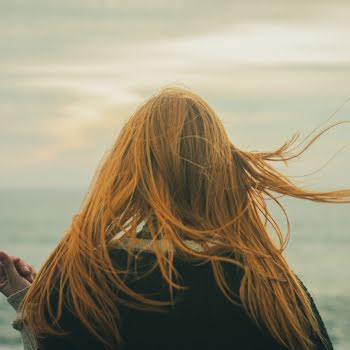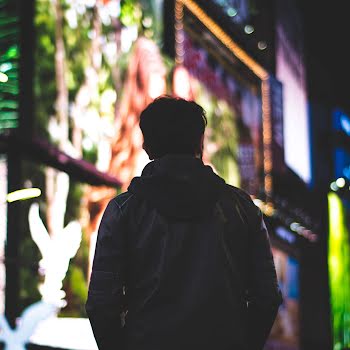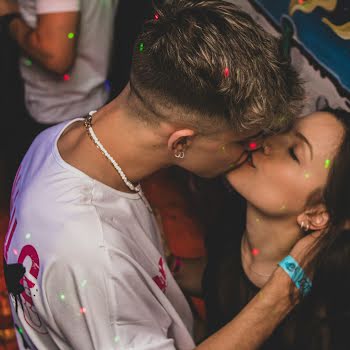
The worrying impact on children growing up in the Covid-era that nobody is talking about
By Amanda Cassidy
01st Aug 2020
01st Aug 2020
The rule-book to the life we’ve always known has been thrown away and a ‘roadmap’ of sorts offered instead. How do we help our children navigate everything coronavirus when we are still coming to terms with the logistics ourselves? asks Amanda Cassidy
The return to gymnastics was the first relatively normal thing we’ve done since our world was turned upside-down last March. Squishing the sparkly leotards and unicorn leggings into the dusty gym bags, I felt the warm comfort of routine creeping back into our household.
Water bottles were filled, hair pulled back. Just like old times, I thought — a welcome change from knotty straggles and long unchartered days.
But things can’t ever be the same again — not while we live with the threat of C-19 lurking around every neighbourhood corner.
“How are we supposed to ease our children into this new yellow and black world?”
Procedures
The gym coordinator greeted us in full PPE gear, aiming a thermometer between the children’s startled eyes. The carpark outside the building was marked out in aggressive yellow paint and shouty signs reminded us to Stay Apart, Don’t Stand There, Take Responsibility. A necessary evil perhaps, for now, but the constant anxiety triggered every time we see yellow and black exclamation marks is starting to wear.
We filled out forms about our contacts with anyone with the virus, another necessary evil that stakeholders have little choice but to offer as a defense against this germy war. We are told we also have to email forms confirming the children were well that particular day two hours ahead of class each week.
Once inside, the children stood in their own dedicated boxes and were told that coughing on anyone on purpose would result in a two-week ban. The changing rooms are now isolation rooms, parents can’t watch, instructors will wear gloves. The entire experience, although impressively safety conscious, is alien to me. So how are we supposed to ease the children into this new yellow and black world?
Is Coronavirus gone yet? is the constant refrain from my five-year-old daughter. I would have said she was taking everything in her stride until she cried hysterically one night recently, afraid her bestie was going to get the virus and die.
“This is a before without an after”
Other parents report a similar undercurrent of anxiety that has seeped beyond lockdown. I worry that I don’t have the tools to explain to them what back-to-school might look like. Sheets of perspex separating people, warning signs all around, that low hum of stress that is impossible to ignore — how are our children going to process this ground shift in their little world?
The anxiety of being a child growing up during a global pandemic remains to be seen
Guilt
We’ve spoken a lot about school closures and the effects isolation has had on our youngest citizens, but this is a before without an after — we are stuck in an anxiety cycle that now risks having long-term effects on how an entire generation views the world.
Discussions have yet to extend to the broader consequences of the outbreak — the third and fourth wave when people die because their livelihood is gone, or get sick because they missed out on screening. Or the toll on mental health.
The anxiety of being a child growing up during a global pandemic remains to be seen. The fear for family members, the effects of job losses, the strain of separation from all they consider normal.
To try to put some context on this, researchers at the department of psychiatry at Oxford University looked to studies on children of those with HIV and cancer. One of the research leaders, Louise Dalton said that one worrying development might also apply to the impact of Covid-19 on kids. “Often, young children engage in ‘magical thinking’ – believing that their own thoughts or behaviours are the cause of the event. They end up blaming themselves unnecessarily, and sometimes feel incredibly guilty.”
I’ve even caught myself doing this on occasion — my idle wishes for something dramatic to come along and shake things up being realised in a horrific manner. It is like the worst kind of movie, stuck in pause, with the rewind button missing.
No escape
The problem is that none of us truly know the best way to deal with all of this. We have been bombarded with material on the physical symptoms of the disease, how to avoid contagion, health campaigns, but there is a gaping hole in the Government’s health campaigns on how to cope with the stress of the ongoing social distancing and safety messaging.
It is tempting to imagine that life will return to some normality once the children go back to school. But it will be a very different beast to the one that we all left behind. It is time to find ways to prepare young minds for what the new schooling might look like.
“That narrow sliver of glass separation should not be underestimated. For it is miles in the eyes of most”
Separation anxiety
“I’m tired of looking out windows,” my 9-year-old daughter wrote in a school poem during lockdown, describing sitting in cars while one of us ran in for groceries, or how she pressed her nose to her granny’s nose through the front window of her house.
That narrow sliver of glass separation should not be underestimated. For it is miles in the eyes of most. Nor should the impact of the constant reminders be minimised. We need some safe elements of escapism for our collective sanity.
We can get used to mask-wearing, but as much as the radio, TV ads, markings on the pavement and scary signs play a vital role, if we are going to live with the virus, there may have to be new thinking when it comes to how we manage to live in a giant hazard-sign of a world. And how we explain it to the children.
Image via Unsplash.com
Read more: How to relieve Coronavirus anxiety
Read more: Claire Byrne is still feeling the affects of COVID-19, four months on. And she is not alone






